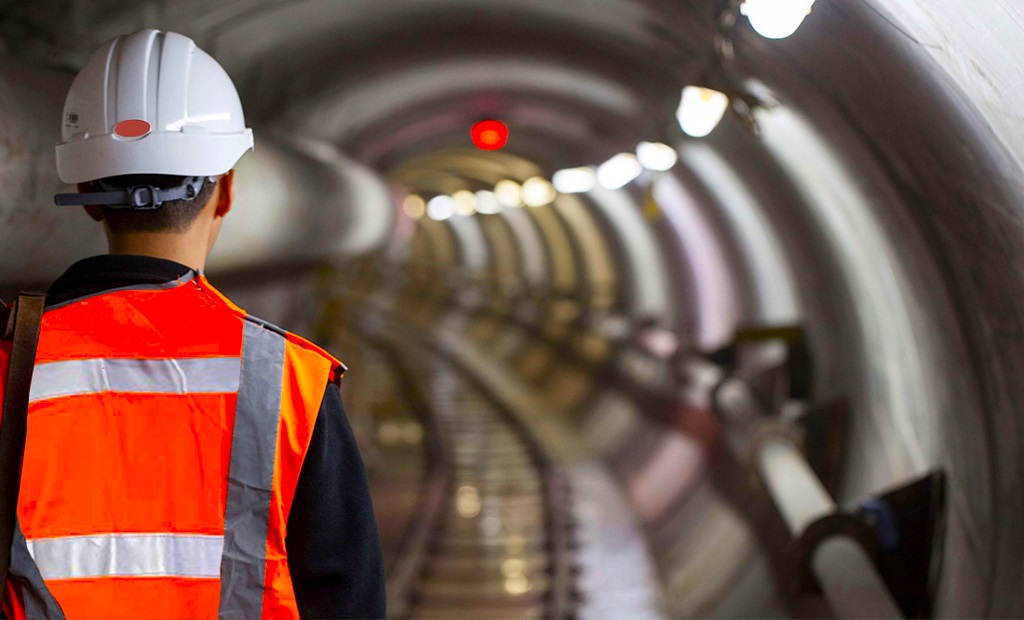Key Takeaways
- Exploring the latest advancements in pipeline rehabilitation technologies.
- Understanding the importance of maintaining pipeline infrastructure for various industries.
- Analyzing the role of efficient flow in contributing to industrial success.
The Rise of Innovative Pipeline Technologies
Technological advancements have played a pivotal role in infrastructure maintenance, particularly in the upkeep of essential pipeline systems. Techniques for repairing deflected pipes have evolved from traditional excavation-centered methods to more sophisticated and less invasive approaches. These modern solutions, often trenchless, allow for the rehabilitation of pipelines while minimizing the disturbance to the surrounding environment and people’s daily lives.
These innovative technologies not only focus on correcting pipeline deformities but also enhance the longevity and reliability of these critical conduits. For example, cured-in-place pipe (CIPP) lining and other forms of structural pipeline layering eliminate the need for complete pipeline replacements. These methods help ensure the integrity and safe operation of pipelines that transport water, sewage, gas, and oil—essential components for the functioning of modern economies.
The development of advanced materials, such as high-density polyethylene (HDPE), along with sophisticated machinery capable of meticulous repairs, has been instrumental in streamlining the pipeline rehabilitation process. The synthesis of new composite materials and automated repair processes have resulted in dramatic cost savings and efficiency enhancements.
The Significance of Maintaining Pipeline Infrastructure
The robust nature of pipeline systems is fundamental to numerous industries that fuel economic growth and prosperity. These pipelines constitute the arteries through which valuable resources flow, supporting the function and growth of communities. Vigilant maintenance and deliberate rehabilitation are not only pivotal in sustaining optimal operational conditions. Still, they are imperative for ensuring public safety and environmental well-being.
Without a proactive approach to maintenance, the degradation of pipeline infrastructure can lead to severe consequences, such as water contamination, disruption of utility services, and catastrophic environmental damage due to spills or leaks. Regular assessments and repairs can fortify pipelines against such risks while extending their service life beyond original expectations.
Proactive pipeline restoration, particularly for critical utilities, also has the added benefit of averting costly service outages, which can substantially disrupt commercial operations and lead to economic losses for businesses and consumers. It’s not just about fixing present issues but preserving the integrity of these systems for decades to come.
Cost-Efficiency and Environmental Sustainability in Rerounding
Effective pipeline infrastructure management necessitates a balance between fiscal responsibility and environmental stewardship. Regarding the rerounding of misshapen pipelines, the benefits extend beyond immediate operational improvements. Economic analyses reflect significant long-term savings as the necessity for extensive pipeline replacement is reduced, thanks to timely interventions with rerounding procedures.
The environmental impacts associated with traditional excavation and repair methods have steered the industry towards adopting greener initiatives. The associated carbon footprint is mitigated by employing methods such as rerounding, as these techniques typically require less equipment, reduced transportation of materials, and minimal disruption to the landscape.
The Role of Flow Efficiency in Industrial Operations
Maintaining efficient flow within pipelines is not merely a technical concern, it’s a key determinant of an industry’s operational success and profitability. When pipelines operate at peak efficiency, they require less energy to pump materials, reducing operating costs and a smaller carbon footprint. Therefore, ensuring that pipelines are free from damages such as deflection is not just beneficial — it’s essential.
Defects within a pipeline, whether from general wear or unplanned incidents, can diminish the flow rate significantly. Rerounding pipelines address these impediments, restoring unimpeded flow and preventing potential bottlenecks that can cause operational inefficiencies or even damage sensitive processing equipment further down the line.
Anticipating Future Developments in Pipeline Maintenance
The future of pipeline maintenance is poised on the cusp of a technological revolution. The industry is witnessing increased investment and development of tools and techniques that promise to make pipeline rehabilitation more efficient, less intrusive, and cost-effective. Innovations such as remote sensing, data analytics, and even robotics are expected to usher in a new era where pipeline integrity can be assessed and restored with unprecedented precision and minimal human involvement.
Incorporating emerging technology into everyday pipeline maintenance practices is not a distant reality, but an ongoing transition. Enhanced efficiency and reduced risk associated with pipeline rehabilitation will likely become standard as these technologies mature and become more widely implemented across the industry.
Practical Tips for Ensuring Pipeline Integrity
Implementing effective maintenance regimes for pipeline systems calls for vigilance and the appropriate deployment of technology. Regular and comprehensive evaluations, employing the latest tools, aid in the early detection of potential issues, facilitating prompt remedial actions. Adopting state-of-the-art rerounding methods also ensures that repairs are effective, durable, and sustainable.
Collaborating with industry experts and leveraging their specialized knowledge can result in customized solutions catering to each pipeline system’s unique demands. By embracing these advancements and focusing on maintenance, organizations can secure the operability of their pipelines while contributing positively to environmental conservation efforts.




